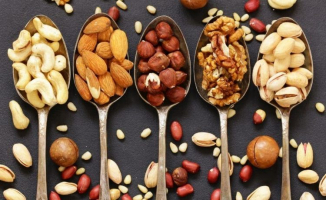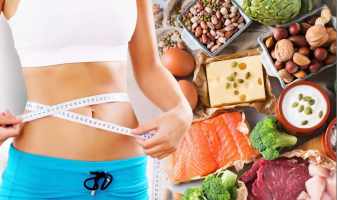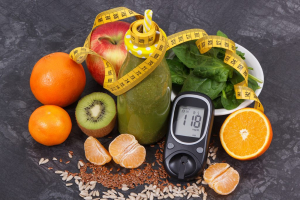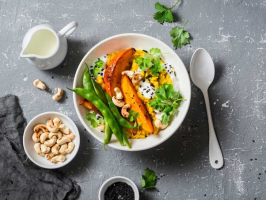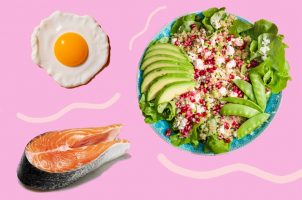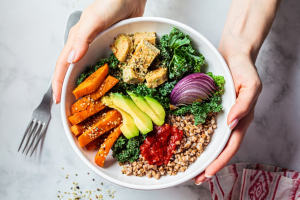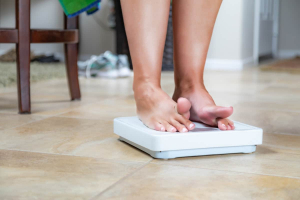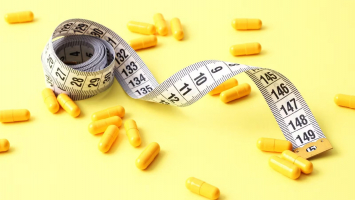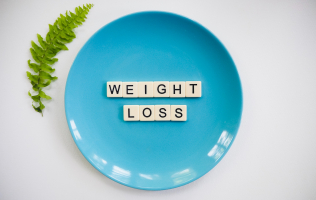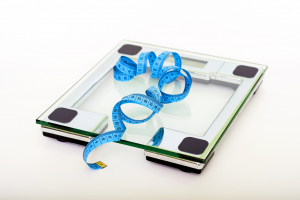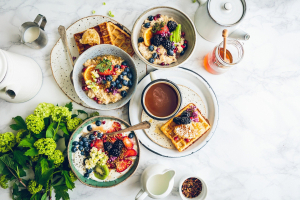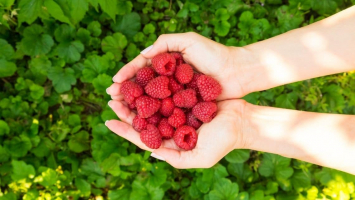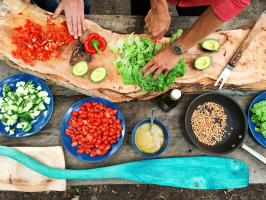Top 10 Best Fruits for Weight Loss
Fruit is nature's ready-made snack, full of vitamins, fiber, and other nutrients that contribute to a balanced diet. Fruit is also low in calories and high in ... read more...fiber, making it a good choice for weight loss. Fruit consumption is related to lower body weight as well as a lower risk of diabetes, asthma, cancer, and heart disease. Here are some of the best fruits for weight loss!
-
Grapefruit is a fruit that is a cross between a pomelo and an orange, and it is often associated with weight loss and dieting. Half a grapefruit has only 39 calories but provides 65% of the daily recommended vitamin C intake (RDI). Vitamin A is also abundant in red varieties, with 28% of the RDI.
Grapefruit also has a low glycemic index (GI), which means it releases sugar slowly into your bloodstream. Though evidence is limited, a low-GI diet may help with weight loss and maintenance. In a 12-week trial of 85 obese people, eating grapefruit or drinking grapefruit juice before meals reduced calorie intake, reduced body weight by 7.1%, and improved cholesterol levels. Grapefruit intake also lowered body fat, waist circumference, and blood pressure when compared to control groups, according to a recent study. Grapefruit is excellent on its own, but it also goes well with salads and other dishes.
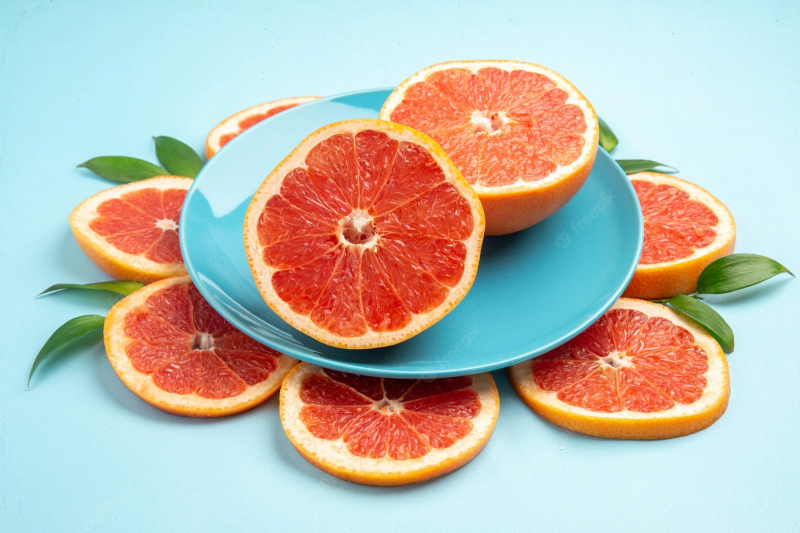
Grapefruit 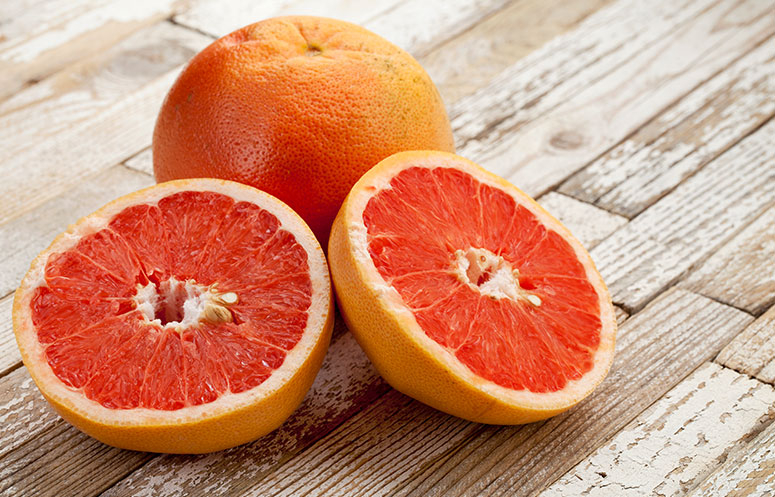
Grapefruit -
Apples are low in calories and high in fiber, with 116 calories per large apple and 5.4 grams of fiber (223 grams). They've also been shown to help people lose weight.
In one research, women were given three apples, three pears, or three oat cookies every day for ten weeks, all of which had the same calorie value. The apple group lost 2 pounds (0.91 kg), the pear group 1.6 pounds (0.84 kg), and the oat group remained the same in weight. Furthermore, a four-year observational study of 124,086 people found that people who ate apples lost an average of 1.24 pounds (0.56 kg) per day serving. Two studies have linked apple juice to weight loss when compared to a control drink containing the same number of calories. Reduced cholesterol levels have also been linked to apple polyphenol extract, which is made from one of the fruit's natural compounds. Apples can be eaten raw or cooked in a variety of ways. You may bake them on their own or add them to hot and cold cereals, yogurt, stews, and salads.
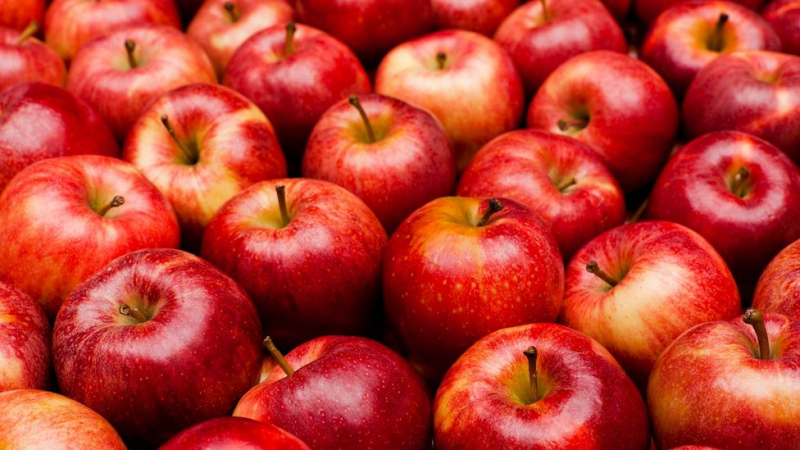
Apples 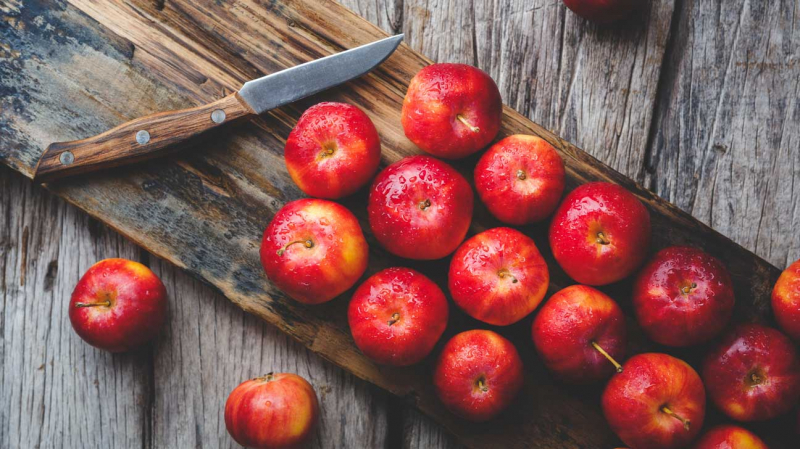
Apples -
Berries are nutritious powerhouses with a low-calorie count. A 1/2 cup (74 grams) of blueberries, for example, has just 42 calories but includes 12% of the RDI for vitamin C and manganese, as well as 18% of the RDI for vitamin K.
Strawberries have 50 calories and 3 grams of dietary fiber, as well as 150% of the RDI for vitamin C and over 30% for manganese in one cup (152 grams). Berries have also been found to be a good source of energy. People who were given a 65-calorie berry snack ate less food at a subsequent meal than those who were given candy with the same number of calories, according to one small research. Fresh or frozen berries can be tossed in a salad, blended into a nutritious smoothie, mixed into baked goods, or added to cereal or yogurt for breakfast.
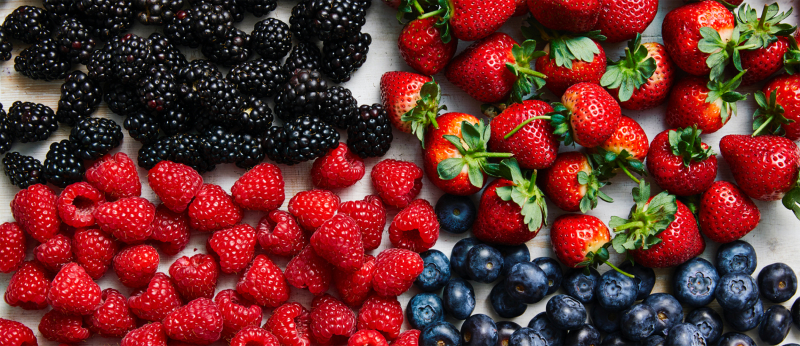
Berries 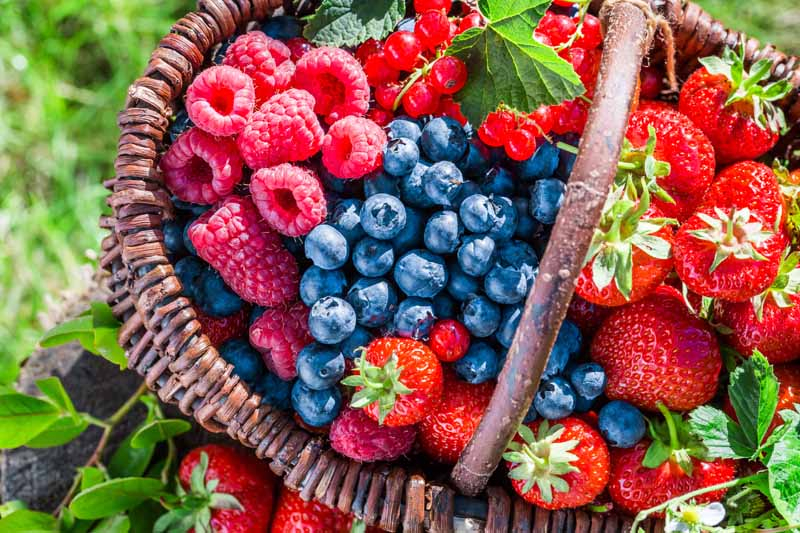
Berries -
Stone fruits often called drupes, are a type of seasonal fruit with a fleshy exterior and a stone, or pit, on the inside. Peaches, nectarines, plums, cherries, and apricots are among them.
Stone fruits have a low GI, are low in calories, and are high in nutrients like vitamins C and A, making them ideal for weight loss. One medium peach (150 grams) has 58 calories, a cup of cherries (130 grams) has 87 calories, and two small plums (120 grams) or four apricots (140 grams) have just 60 calories. Stone fruits are a more nutrient-dense, filling option than unhealthy snack foods like chips or pastries. Stone fruits are also high in fiber, which helps in the efficient and smooth digesting of food. Fibre has also been demonstrated to help in the control of diabetes and blood cholesterol levels.
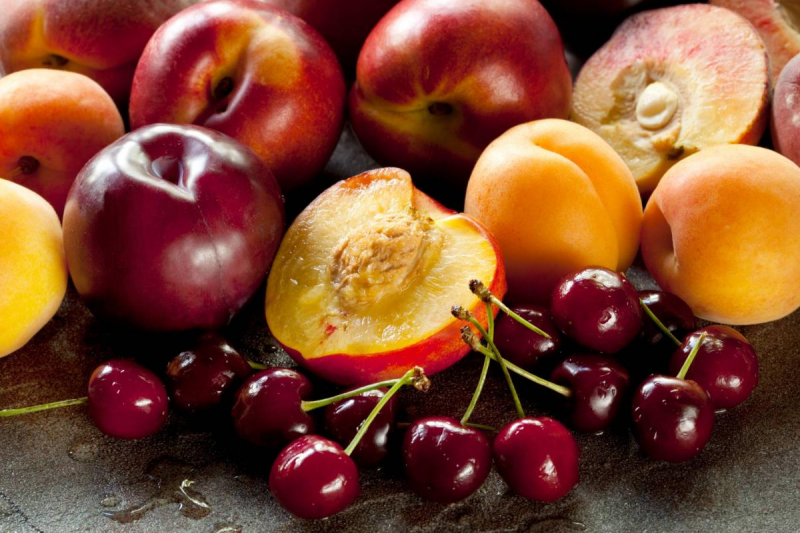
Stone Fruits 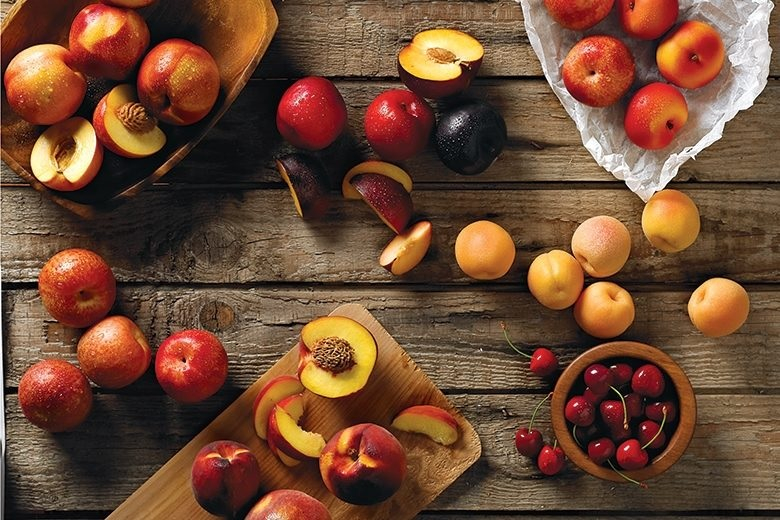
Stone Fruits -
Passion fruit is a South American fruit that grows on a beautiful flowering vine. It contains an edible, pulpy seed mass inside a tough outer rind that is purple or yellow in color. One fruit (18 grams) has just 17 calories and is high in fiber, vitamin C, vitamin A, iron, and potassium.
Passion fruit has a lot of dietary fiber for such a small fruit. Five of them, in fact, provide 42% of the RDI for less than 100 calories. Fiber helps you feel fuller for longer and control your appetite by slowing down digestion. Piceatannol, a compound found in passion fruit seeds, has been related to lower blood pressure and improved insulin sensitivity in overweight men. For weight loss, passion fruit is best consumed whole. It can be eaten on its own, or added to drinks as a topping or filling for desserts.
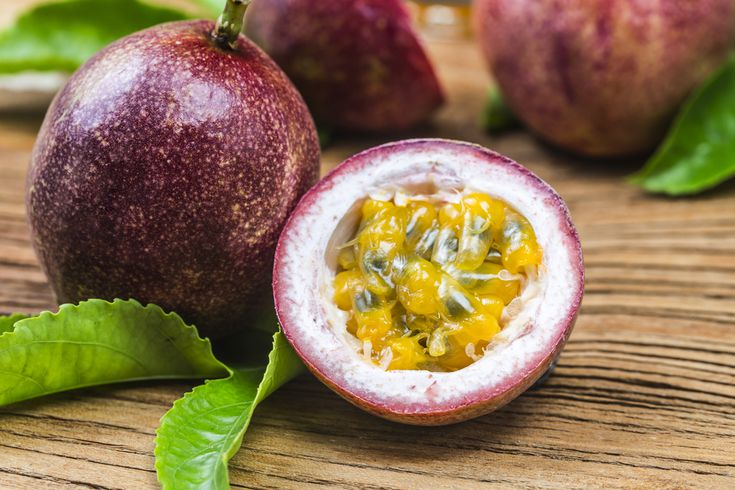
Passion Fruits 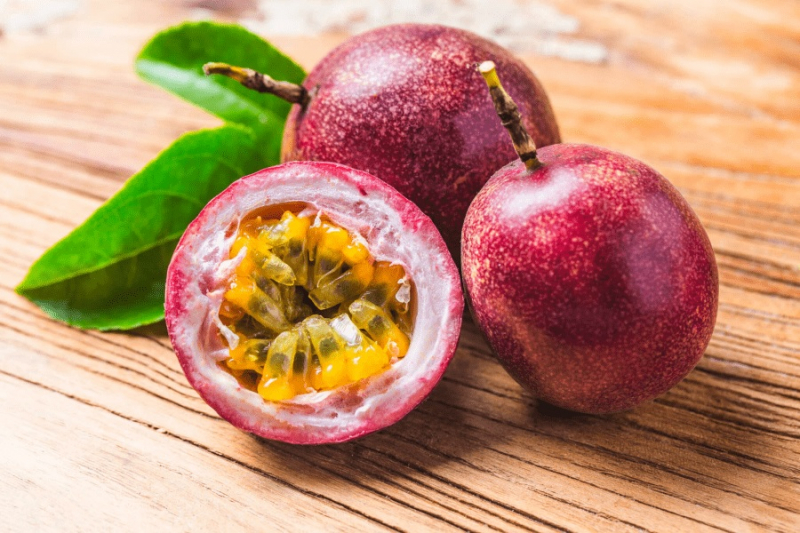
Passion Fruits -
Rhubarb is a vegetable, although it is frequently prepared like fruit in Europe and North America. Despite having only 11 calories per stalk, it contains about 1 gram of fiber and almost 20% of the RDI for vitamin K. Furthermore, rhubarb fiber may aid in the reduction of excessive cholesterol, which is a typical concern among people who are overweight.
In a study of 83 people with atherosclerosis — a disease of the arteries — those who were given 23 mg of dried rhubarb extract per pound of body weight (50 mg per kg) for six months had their cholesterol levels drop significantly and their blood vessel function improve. Rhubarb stalks can be cooked and eaten with your favorite cereal or porridge. Although it may be used in a variety of ways, including desserts, when trying to lose weight, it's recommended to stick to low-sugar rhubarb dishes.
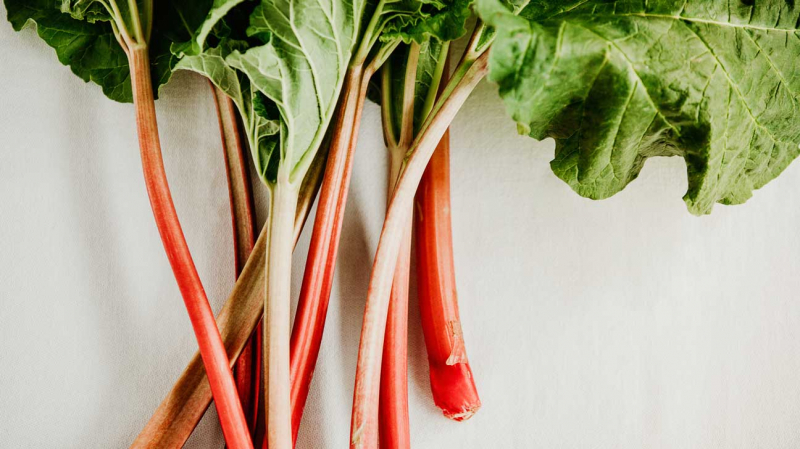
Rhubarbs 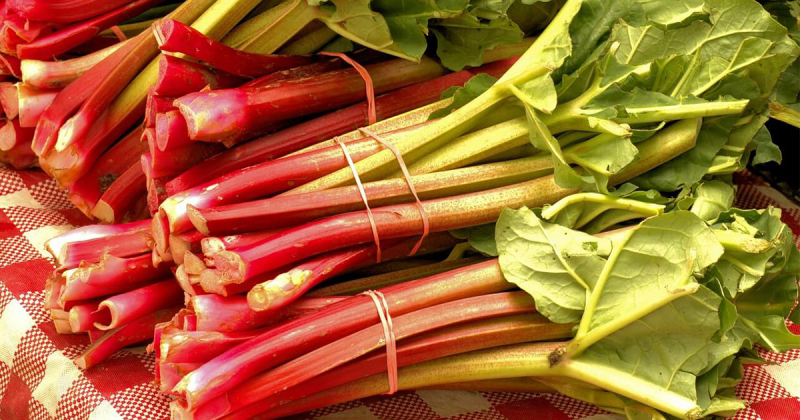
Rhubarbs -
Kiwifruits are small brown fruits with a bright green or yellow flesh and very small black seeds. Kiwis are a nutrient-dense fruit that is high in vitamin C, vitamin E, folate, and fiber, and offer numerous health benefits.
For a 12-week period, 41 people with prediabetes ate two golden kiwis every day. They had greater vitamin C levels, lower blood pressure, and a waist circumference decrease of 1.2 inches (3.1 cm). In addition to weight reduction, research shows that kiwi can help reduce blood sugar, improve cholesterol, and promote gut health. Because Kiwis have a low GI, the sugar they contain is released more slowly, resulting in fewer blood sugar spikes. Furthermore, kiwis are a good source of dietary fiber. One small peeled fruit (69 grams) has almost 2 grams of fiber, with the skin providing an additional gram. Diets high in fiber from fruits and vegetables have been demonstrated to help people lose weight and have better gut health. When eaten raw, peeled, or unpeeled, kiwifruit is soft, sweet, and delicious. It may also be juiced, added to salads, or breakfast cereal.
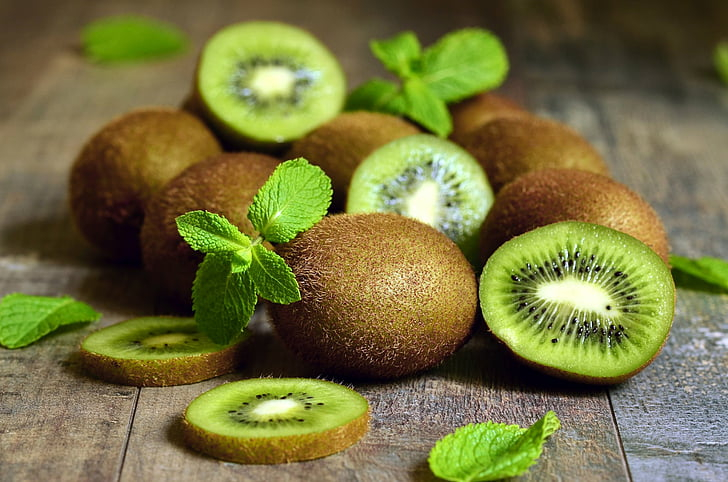
Kiwifruits 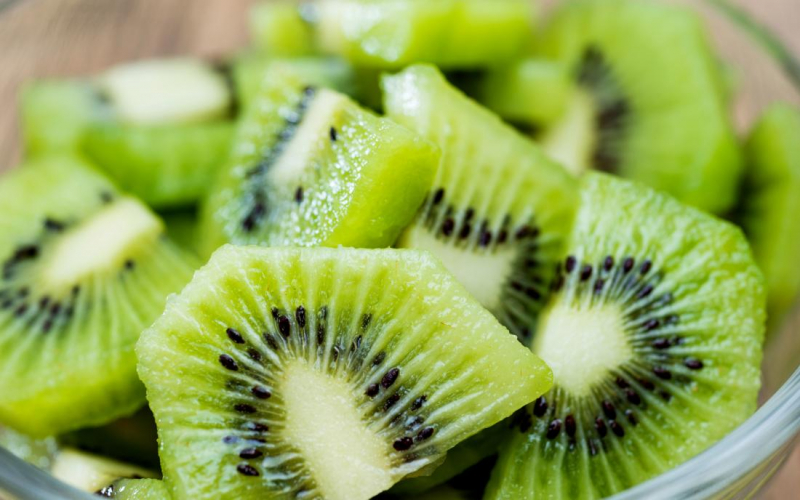
Kiwifruits -
Melons are in season right now. Muskmelon, honeydew, and watermelon are among some fruits that make summers bearable. They're juicy, delectable, and a nutritionist's favorite as well. They're high in antioxidants, vitamins, and nutrients, and they're packed with health benefits.
Melons are low in calories and rich in water content, making them ideal for weight loss. A single cup (150–160 grams) of melon, such as honeydew or watermelon, has just 46–61 calories. Melons are low in calories, and high in fiber, potassium, and antioxidants including vitamin C, beta-carotene, and lycopene. Furthermore, fruits with a high water content may help you lose weight and keep you hydrated. However, because watermelon has a high GI, portion control is essential.
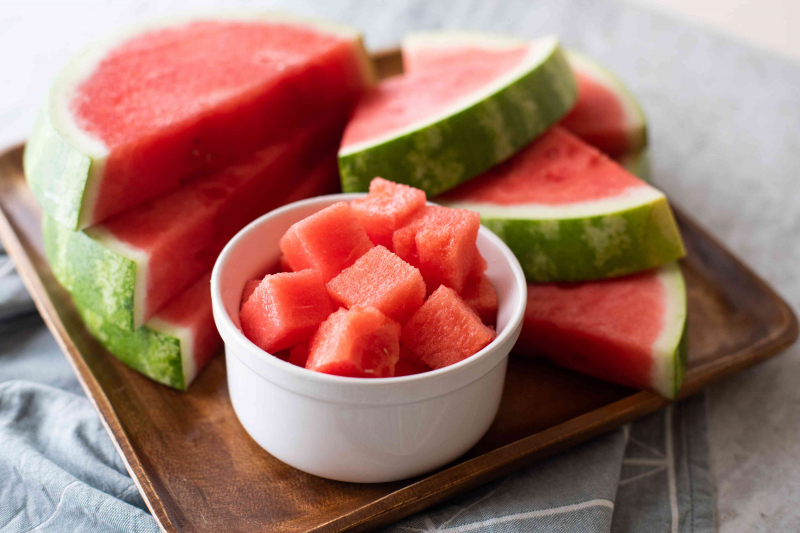
Melons 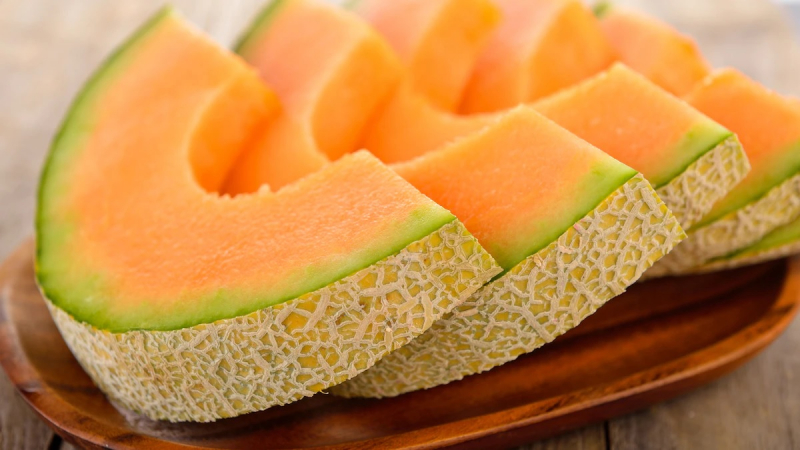
Melons -
Avocados are a calorie-dense, fatty fruit that grows in hot areas. Avocados are one of the most calorie-dense fruits, with half an avocado (100 grams) containing 160 calories. The same amount gives 20% of the RDI for folate and 25% of the RDI for vitamin K. Avocados, despite their high calorie and fat content, may help you lose weight.
In one experiment, 61 overweight people were given either 200 grams of avocado or 30 grams of other fats to eat. Both groups lost a considerable amount of weight, demonstrating that avocados are an excellent weight-loss food. Avocados have been shown in other studies to increase feelings of fullness, reduce hunger, and improve cholesterol levels. Furthermore, a large study of American eating patterns found that people who ate avocados had better diets, have been less likely to experience metabolic syndrome, and had lower body weights than those who didn't. On bread and toast, avocados can be used in place of butter or margarine. Salads, smoothies, and dips are all good ways to put them.

Avocados 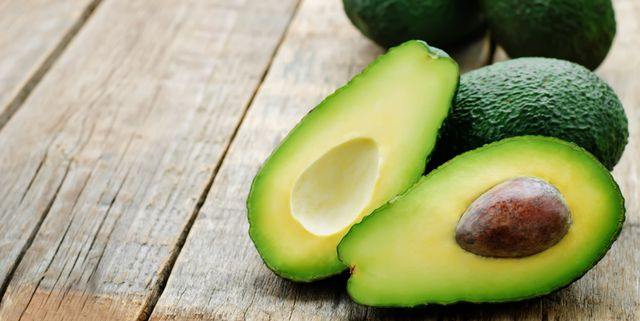
Avocados -
Some people avoid bananas when trying to lose weight because of their high sugar and calorie content. Bananas are more in calories than many other fruits, but they are also higher in nutrients, including potassium, magnesium, manganese, fiber, antioxidants, and vitamins A, B6, and C.
They're low to medium GI may help in the control of insulin levels and weight control, especially in diabetes. Furthermore, one study found that eating one banana per day lowered blood sugar and cholesterol levels in people with high cholesterol levels. Bananas are an important part of any healthy weight-loss diet since they are high-quality, nutrient-dense, and low-calorie foods. Bananas can be eaten raw or cooked in a number of dishes, or they can be eaten as a quick on-the-go snack.
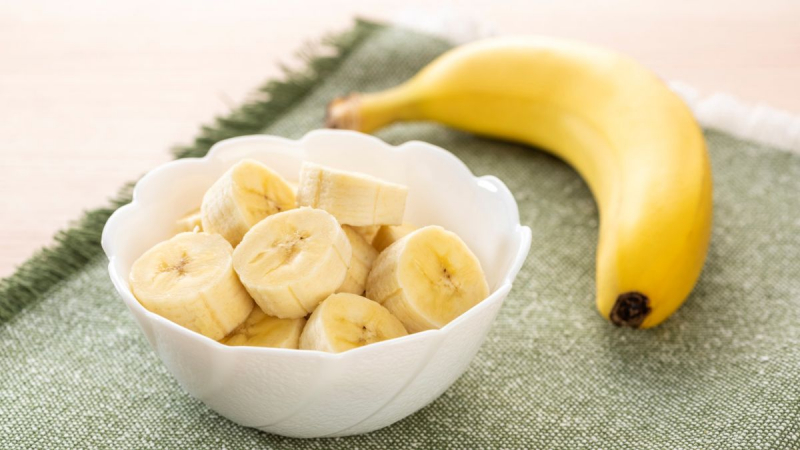
Bananas 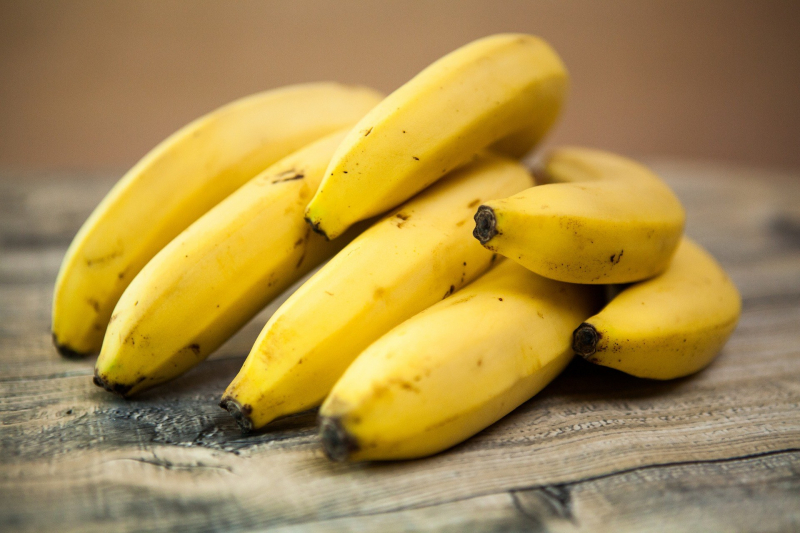
Bananas













